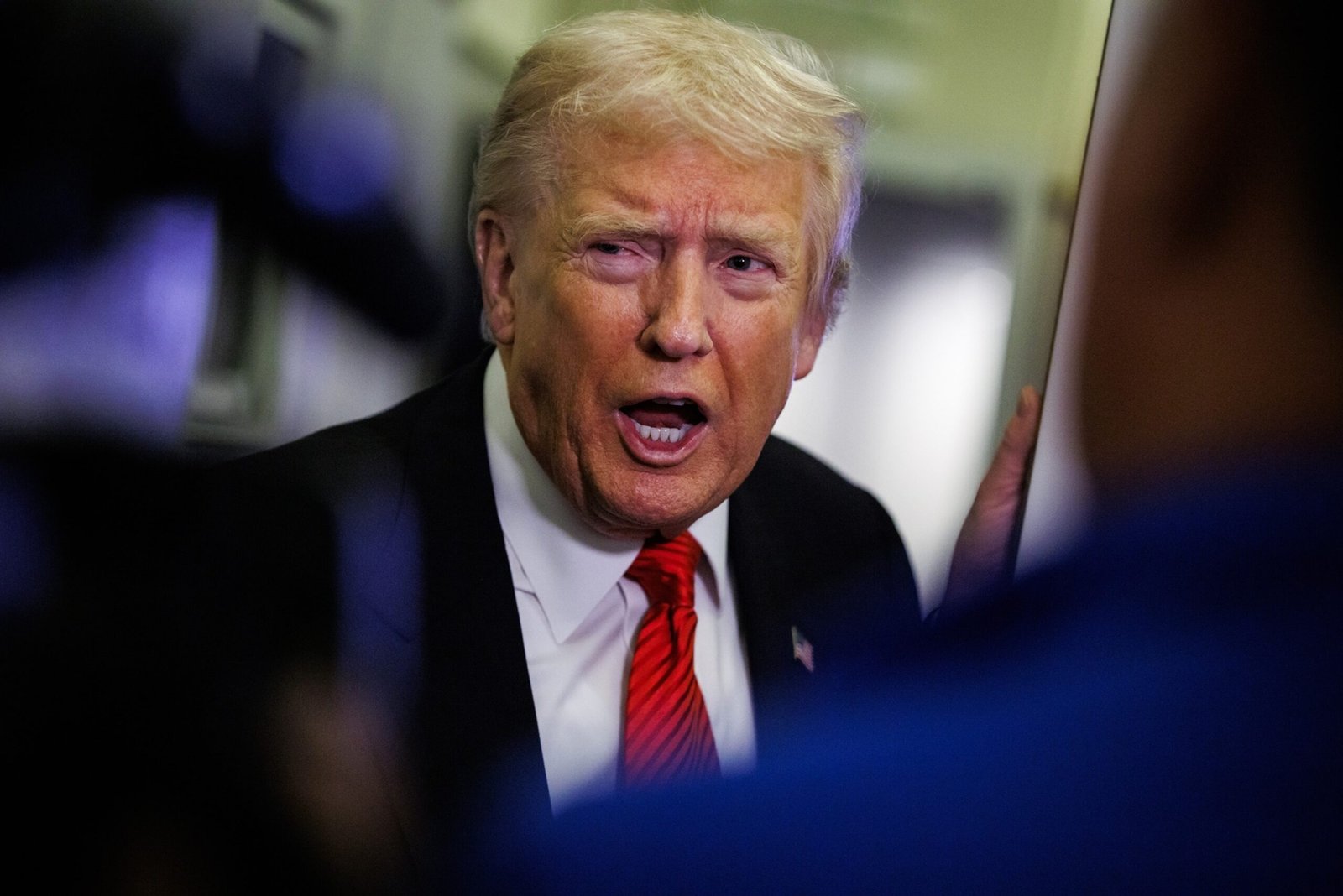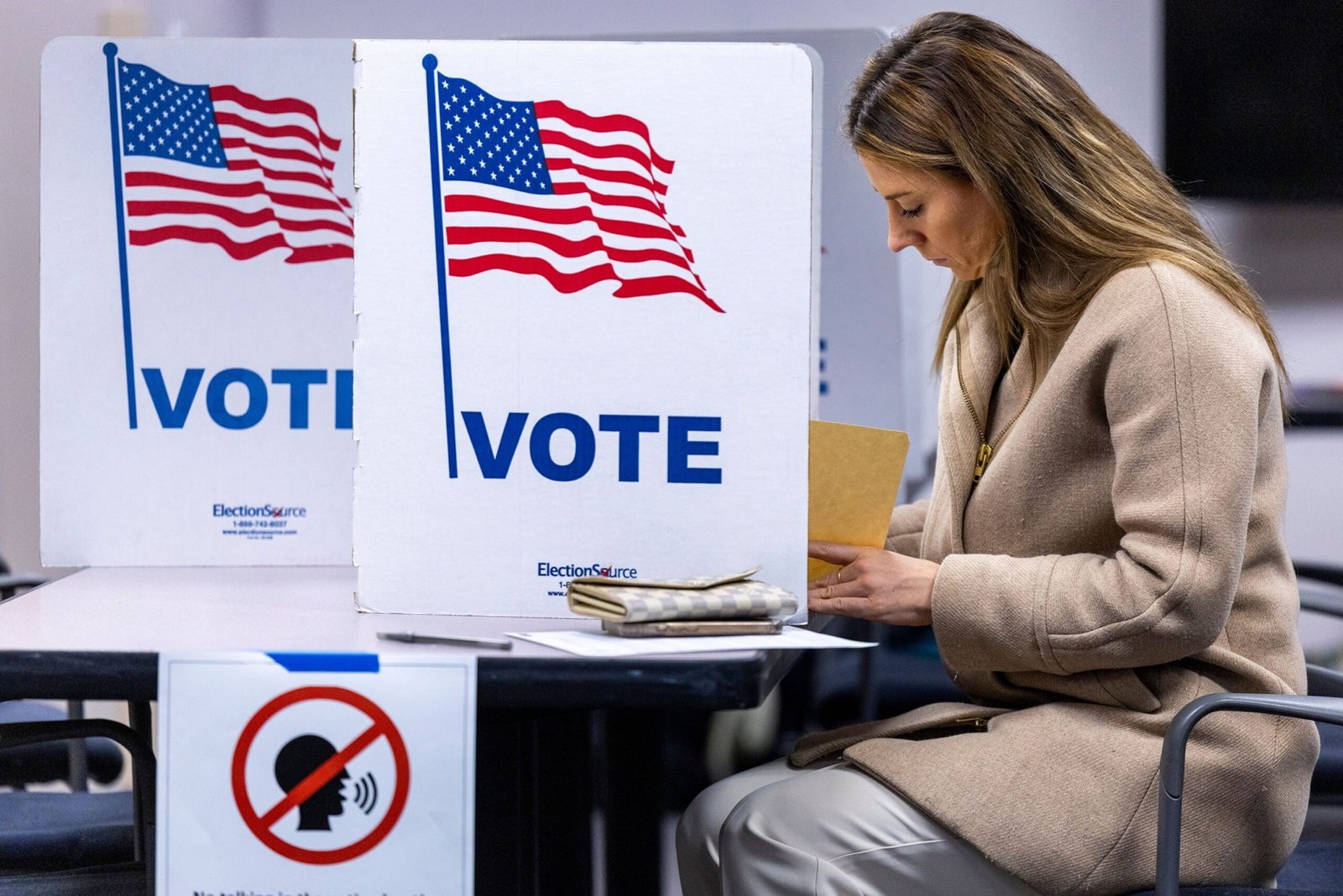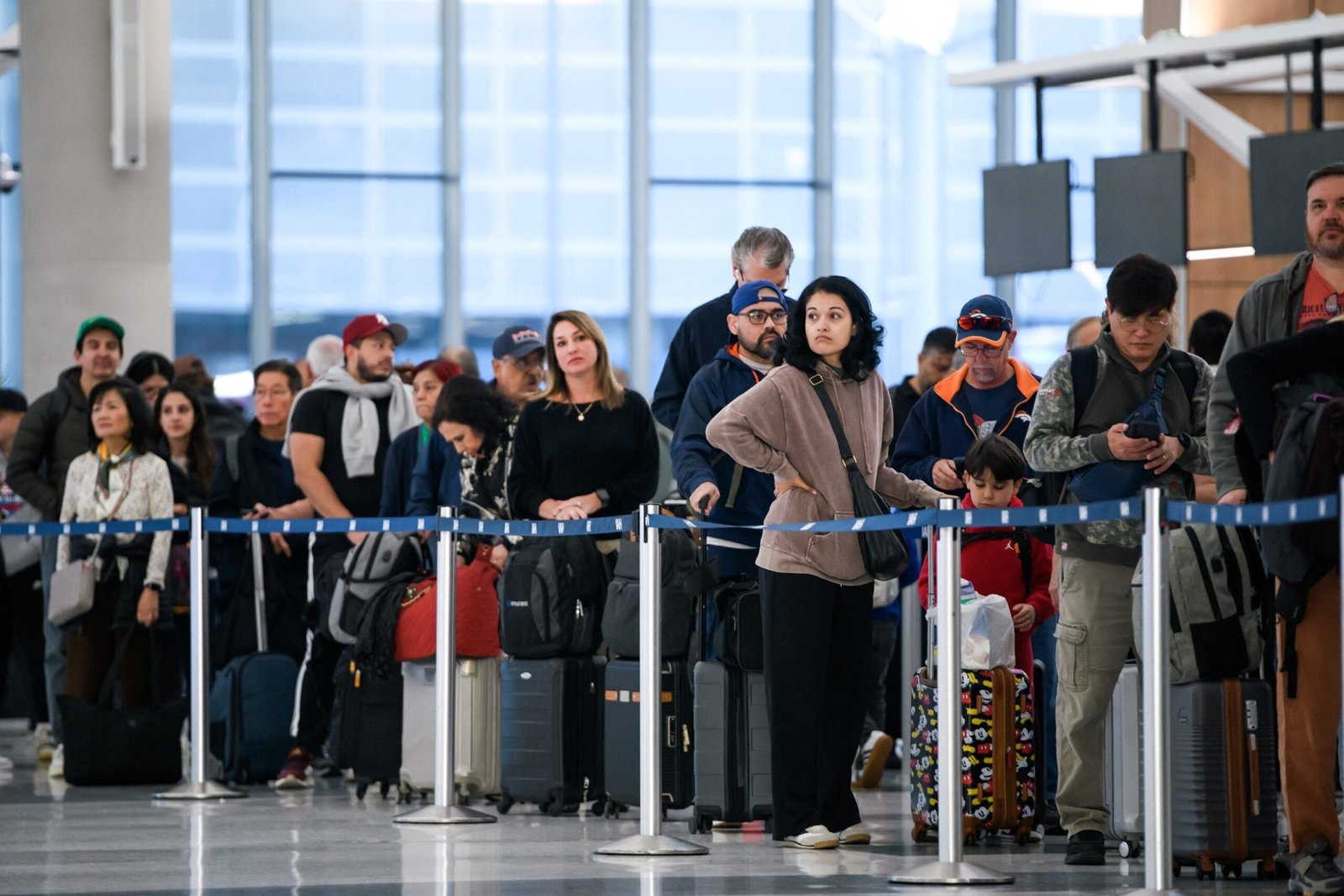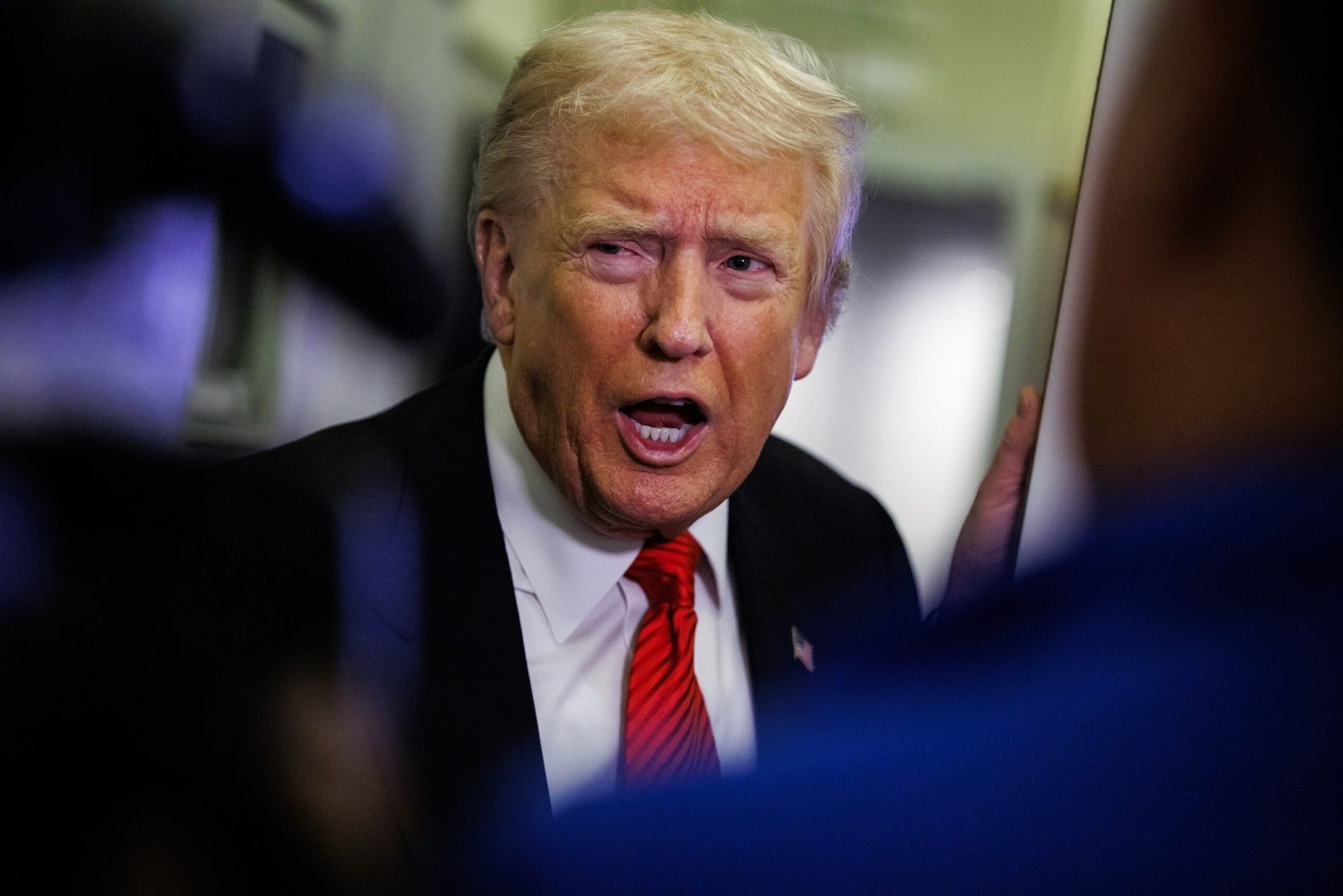The Trump administration has committed to partially funding the Supplemental Nutrition Assistance Program with a $4.65 billion payment, but using emergency funds to pay reduced SNAP benefits could take “anywhere from a few weeks to several months,” a senior USDA official told a federal judge in a sworn court filing Monday.
The disclosure comes after a federal judge in Rhode Island ordered the Trump administration to use emergency funds to pay for SNAP amid an ongoing government shutdown through Wednesday. Following Friday’s court order, Trump said he would be “honored” to fund the food assistance program.
In addition to the delay, the Trump administration also said it was $4 billion short of the expected $8 billion cost to fund SNAP for the month of November, in part because they are refusing to tap into an additional package of emergency funds held by the USDA, which administers SNAP.
““Defendants have worked diligently to comply with the Court’s order within the short timeframe provided by the Court and during a government shutdown,” Justice Department attorneys wrote in Monday’s filing.
“I have directed our attorneys to ask the Court to clarify how we can legally fund SNAP as soon as possible,” Trump posted on social media Friday night. “If the Court gives us proper legal direction, I will be HONORED to provide the funding.”
The $4.65 billion in funding will cover half of the households that rely on the food assistance program, according to a statement from Patrick Penn, deputy assistant secretary for Food, Nutrition and Consumer Services.
That payment will completely use up SNAP contingency funds, according to Penn.

President Donald Trump speaks to reporters aboard Air Force One en route to the White House, Nov. 2, 2025, after taking off from Palm Beach International Airport in West Palm Beach, Florida.
Samuel Corum/Getty Images
“This means there will be no funds left for newly certified SNAP applicants in November, disaster assistance, or as protection against the potential catastrophic consequences of shutting down SNAP entirely,” he said.
While the Trump administration could use additional funds from tariff revenue, known as Section 32, Penn said the government declined to do so to save money for child nutrition programs.
“In the midst of this hopeless dilemma and upon further consideration following court orders, USDA has determined that creating a shortfall in Child Nutrition Program funding to fund one month of SNAP benefits is an unacceptable risk, even considering the procedural difficulties in delivering a partial SNAP payment in November, because transferring $4 billion to the U.S. SNAP population simply shifts the problem onto millions of low-income U.S. children who receive their meals at school,” Penn said.
Beyond the budget shortfall, Penn warned that distribution of the reduced benefits could take weeks or months due to “procedural difficulties.”
“There are procedural difficulties that states will likely experience that would impact November SNAP benefits reaching households in a timely manner and in the appropriately reduced amounts,” he wrote. “There are procedural difficulties that states are likely to experience that would impact November SNAP benefits reaching households in a timely manner and in properly reduced amounts.”






